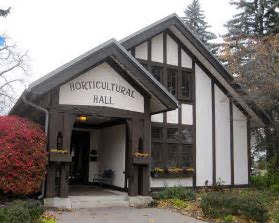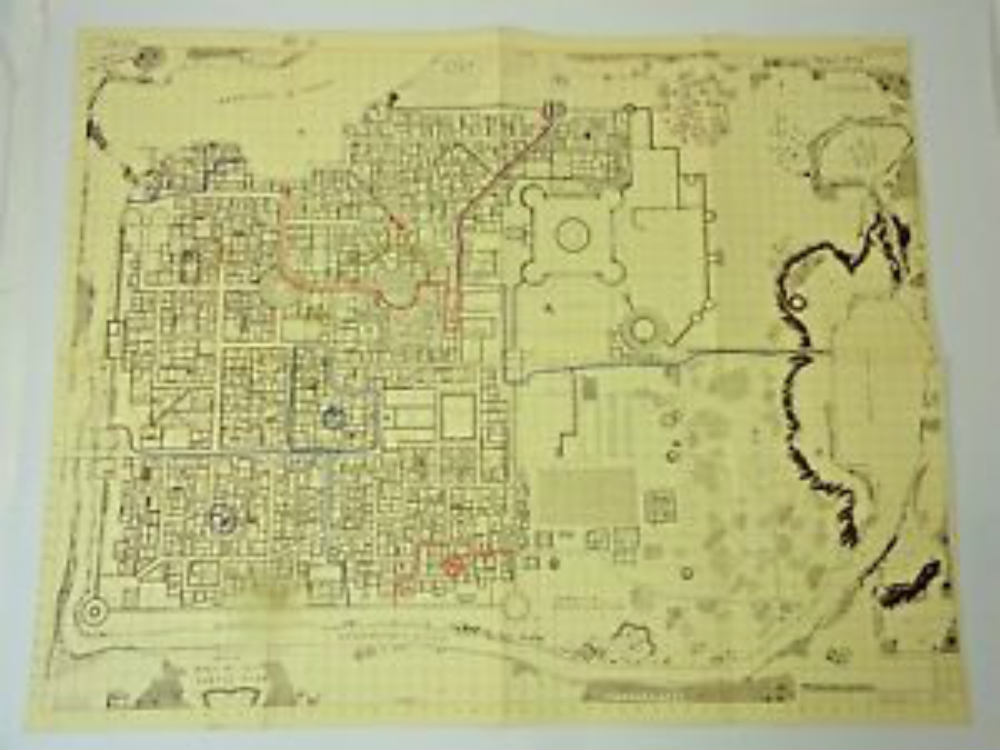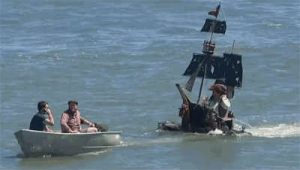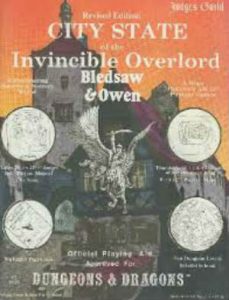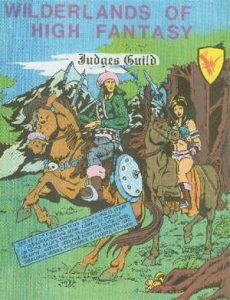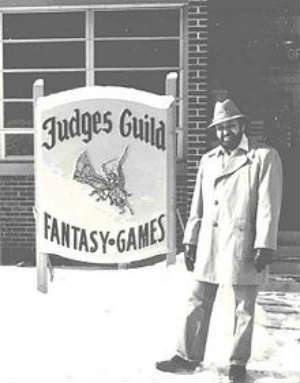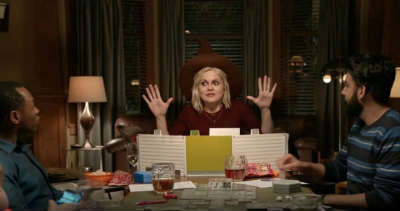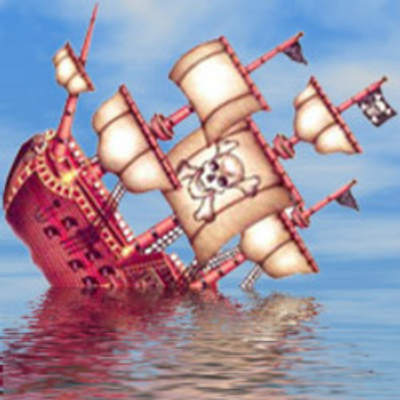The Lichway is a dungeon that originally appeared in issue #9 (Oct/Nov 1978) of White Dwarf magazine out of England. It was an old favorite of mine, and over the decades I've now used it probably 4 or 5 times. It would have been more than that, but my groups tended to be long lasting, years, and I could only spring it on an entirely fresh group of players.
Many old schoolers probably are more about using Keep on the Borderlands and the Caves of Chaos multiple times (I've used them maybe twice since I was a kid). But while KotB is about as basic and vanilla as it gets (just fight endless caves of humanoids and maybe a nice-seeming cleric is a homicidal asshole), Lichway is an artifact of old indy style D&D like Arduin Grimoire and Judges Guild. The old school common dungeon elements are abundant:
The location has a gritty background (necropolis for deceased undead worshippers).
It has a shallow waterway running through it.
A deep variety of mostly offbeat monsters inhabit the area.
There is plenty of grim mood and dungeon dressing (hundreds of open crypts, worms that will choke you in the fresh water sources, vampire statues, a long-ranging rustling sound emitted by a unique creature, a horrifying possible no-win scenario...think quick!).
But most iconic to me is the fact that several (and by several I don't mean like just 2) different groups/gangs are currently inhabiting the dungeon with for the most part no real goal or purpose other than await murder hobo's a'coming to call. I mean, there are a pair of Man Beasts (character class out of White Dwarf and another favored old school thing of mine) just sitting around in a small enclosed hallway. Just like old school you need to inject your own motivations and reasons, whether the designers planned it like that or not (I suspect in most cases not. The style was just to give little description, because D&D was once a game about just killing monsters. Period.).
I always injected a little of my own juice here and there since the first time I used it as a teen. It was easy just to assume the 2nd level Man Beast, a male, is training his lower level female follower, and a crypt with all kinds of creatures in it seemed like a good spot.
I think that in all but one of the times I used it, the party manages to release the Sussurus, the ape-shaped thorn creature that emitted a windy sound that put undead in earshot to sleep. In my second to last use around four years ago back in LA the MU cast silence on it. So I've experienced that joy of playing out the party running away in chaotic "every man for himself" style through the part of the dungeon they hadn't explored yet to get away from hundreds of angry undead. Always a hoot. I think a player or two has been lost over the play through due to a bad decision or delay (describing a body being torn to bits by a howling mob of skeletons never gets old), but so far no TPK. but its come close almost every time.
So anyway, my first campaign in my new town the other year ended up geared towards Lichway. It didn't start out that way. This was an entirely new group and I was using 5th edition for the first time. To say I went into it NOT studied up on the rules in an understatement. Since all my players were newish to the edition, I used that as a way to learn. As the players learn while using their characters I would tap into that and learn along.
And to be honest, on an old school note, I was able to wing things much more than I thought I could. Just tap into the stat base save mechanics for everything and you are good to go. Really, outside of magic use the system is pretty easy peasy.
But since I was new to it I started slow. Running each game in sort of a simple episodic manner. At first not really looking to the future, but as time went by, the characters made contacts and friends in the way of NPC's, I had to start looking at a direction. And I knew I wanted to use an old school module, in part because I knew the players would not be familiar with anything I had from the old days. They were all a good bit younger than me.
So first thing was to be prepared to use Lichway for 5th editon. No worries. Really nothing in there was too out of the ordinary. Man Beasts and the Susurrus were needing to be adapted. Not much else.
But this time I decided to do something entirely different. This was a twist for me, and since it might be for you, you might want to consider it if you ever use this really excellent dungeon setting. What did I do?
Two things. First I decided to give all the groups in the dungeon an actual reason, and actual purpose, for being in the dreary place. A convergence of coincidence for good reasons.
Second, I would have the party, early on adventuring a hundred miles south of the Lichway in the big city Tanmoor prior to the Lichway delve, actually meet and interact with some of the inhabitants whom I had yet to set up shop in the Lichway. There would be a variety of things ahead of time that would set up the dynamic elements within the necropolis. And in so doing quadruple the feeling of gravitas once the location was reached. Sort of a prequel to Lichway as presented, starting maybe a month before the actual dungeon delve.
I switched the female MU gang leader Dark Odo from a human to a young drow magic user. Highly charismatic and specializing in charm magic, the dark elf enchantress' gang was almost complete as shown in the module.. The Man Beasts were paid scouts and body guards working for Odo, hirelings more than charmed henchmen, while all the other members of the gang were recruited by Odo's considerable, manipulative charms.
Why would Odo go to the Lichway? And who where the unrelated thieves who were exploring the Lichway? Not to mention the former adventuring party that was slaughtered except for Odo's gangs captives. How did the character party get involved in all this?
In my next post I'll lay out how I took my first 5th edition campaign towards the Lichway, and why all the NPC's are in it when the party finally shows up at the Korm Basin necropolis.
Cheers
Kevin Mac




